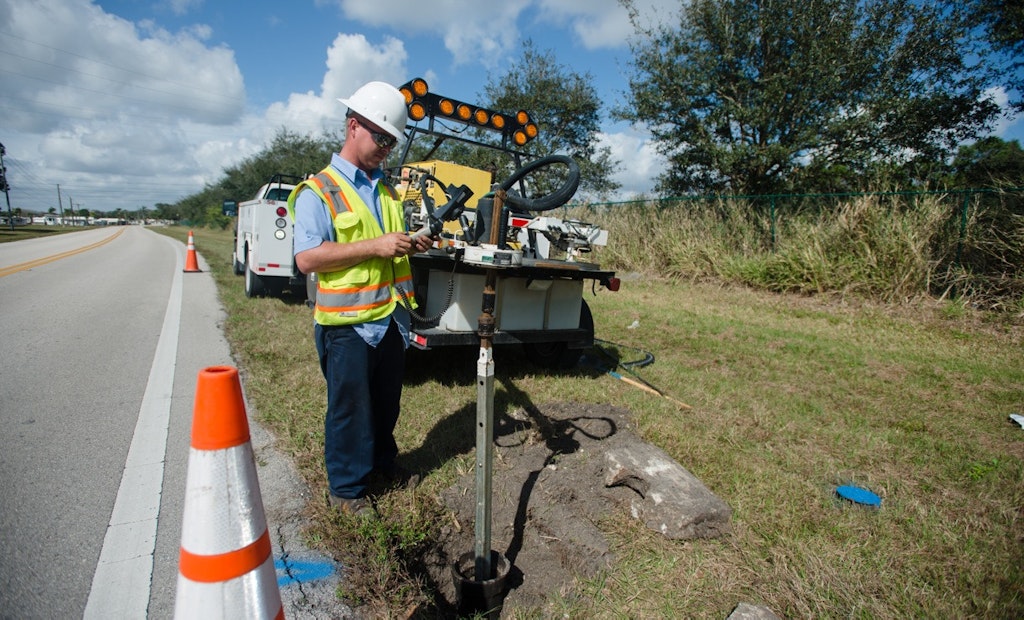Interested in Education/Training?
Get Education/Training articles, news and videos right in your inbox! Sign up now.
Education/Training + Get AlertsAnyone working in treatment, collection systems or industrial manufacturing has heard catchphrases such as: “Safety starts with me!” or “Everyone is a safety officer!” (Insert tacky poster here.) The hard truth is health and safety training is boring and often attempts to cover the most amount of content in the least amount of time.
You might run a watertight H&S program, you might keep the most detailed records and you might have every permit reviewed and applied for months in advance. You might even be lucky enough to have a spotless OSHA 300 log with little need to fill out injury and illness incident reports. However, the real question is: Are you maintaining an H&S program that educates and protects people? Are your employees buying into these programs? Unfortunately, the latter often doesn’t happen because many safety programs come in one of two forms: obligatory or overkill.
Obligatory
In an obligatory program, a new employee meets with human resources, fills out necessary paperwork, and then proceeds to watch four straight hours of safety videos filmed on VHS in 1989. Or the employee might take the OSHA 10-hour online course. Long story short, this type of training does one thing and one thing only: It meets state or federally required training requirements.
Although this type of program fulfills legal obligations, you really only keep one thing safe —your posterior. A new employee is already riding an adrenaline speed train trying to remember everything the last six people just said. Or he’s worried about making good first impressions. All of these factors can inhibit retention rates for people expected to learn important information.
Overkill
Then there’s overkill safety training. Usually these programs are spawned through good intentions or are byproducts of the “Worldwide XYZ Company,” which diligently pushes safety, safety, safety, but only after promoting safety. Typically, these programs are long — maybe days at a time — might include employee orientation requirements and might require attendees to become certified and/or trained in multiple programs and policies. Although these programs expose employees to a vast library of safety knowledge and training, they might do it at a cost. Are we force-feeding safety at a rate that overwhelms an employee? Better yet, has the person heard the same training over and over to a point he simply nods his head and goes through the motions?
Reach the masses
Although not every H&S program falls under these two categories, most share similar qualities. Yes, some companies might simply try to fulfill requirements while others might beat safety to death, but one thing remains the same: The people being trained suffer.
So what can we do? What approach has the best chance of reaching people? The answer, quite simply, is that no one set structure or template will make all your safety woes go away. However, there is one essential element: You need to make safety personal. Employees need to learn the content, understand it and apply it personally. Although this isn’t patent-pending information, I often think it’s something employers fall short in accomplishing.
As an example, I was a strong opponent of seatbelt laws. After all, when was the last time someone was injured because I didn’t wear my seatbelt? But then I unfortunately responded to a car accident outside my home were a mother died because she wasn’t wearing her seatbelt. She was only going 25 mph and was blocks from home. Through that life experience, I was able to take safety applications, apply them to my life and then teach others.
Making safety personal can be accomplished several ways, including the following:
1. When it comes to instructors, variety is the spice of life
Recruit and train different or rotating personnel to conduct safety-based classes or training sessions. This approach breathes new life into training and prevents content from getting watered down when presented by the same person.
2. Get your team involved
Create internal auditing systems for specific safety programs within your facility. These auditing systems can be created, implemented and improved by people on the floor. After all, your personnel are the true experts, so let them look at safety-related topics with a different perspective and a different set of eyes.
3. Use group buy-in
Start safety teams to organize larger safety programs. This lets a group of people work together to deal with issues that might be too big for any one person. This way of managing and monitoring programs also lets people have a voice in the way safety is enforced, taught and applied. Start small, and then expand to larger programs when your employees get a structure and system in place.
Making safety personal gives H&S programs the grip they need to truly foster a safe working environment. The people on your team are actually your greatest champions. Use them, let them add the human element and give safety a face.
Nicholas Dufek is an environmental compliance, health and safety specialist for a large industrial manufacturing company in northeastern Wisconsin. He has worked in water resources, wastewater treatment, PCB removal/remediation, groundwater monitoring, construction and more.






